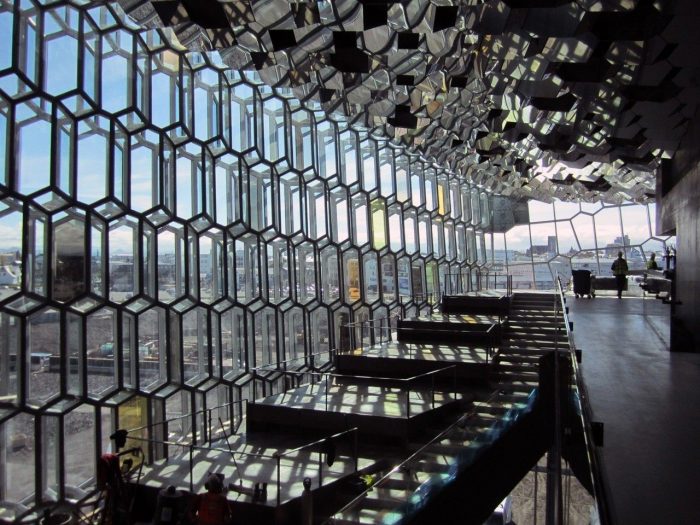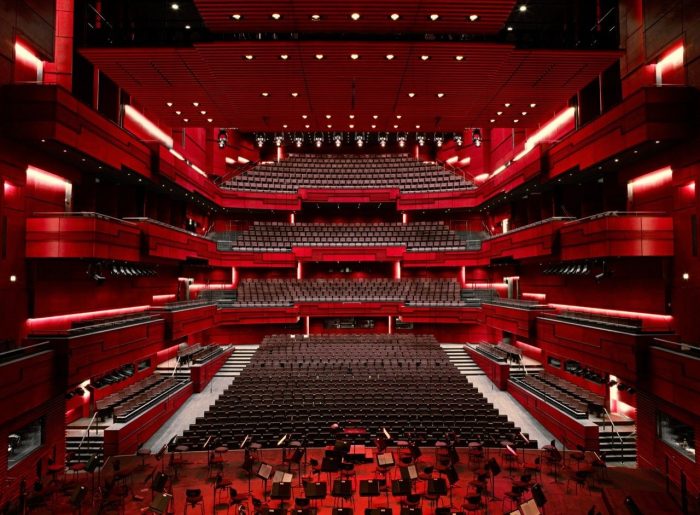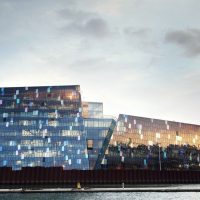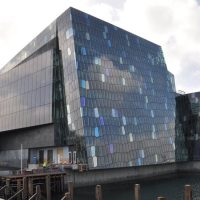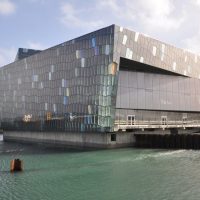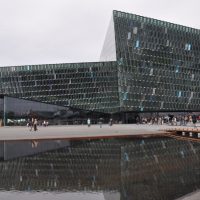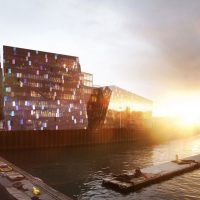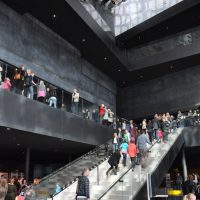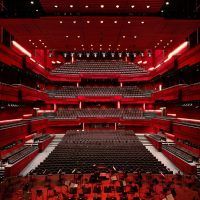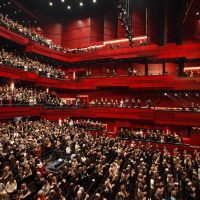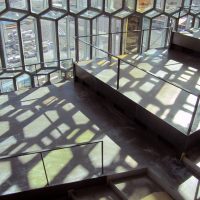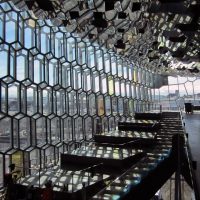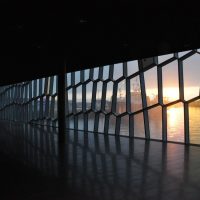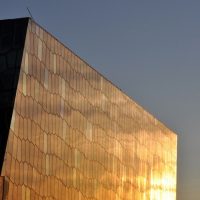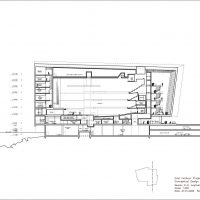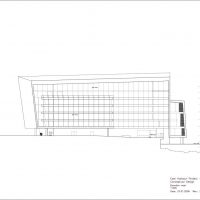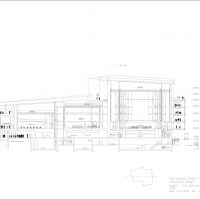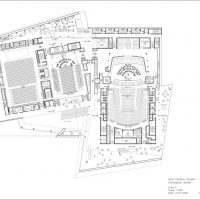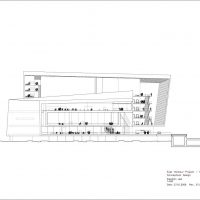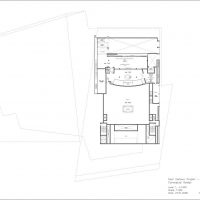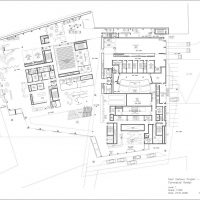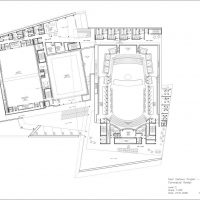The Harpa Reykjavík Concert Hall and Conference Centre is an amalgam between sculpture and architecture. Built in collaboration between the Danish-Icelandic artist Ólafur Elíasson, Henning Larsen Architects, and BATTERÍIÐ Architects- the building’s iconic facade systems create an instant icon and draws the building as an integral part of the East Harbour Project, a far-reaching harbour development project in Reykjavik. The building’s prismatic south facade was designed Ólafur Elíasson, known for his use of elemental materials in search of creating environmental experiences for the viewers of his works.
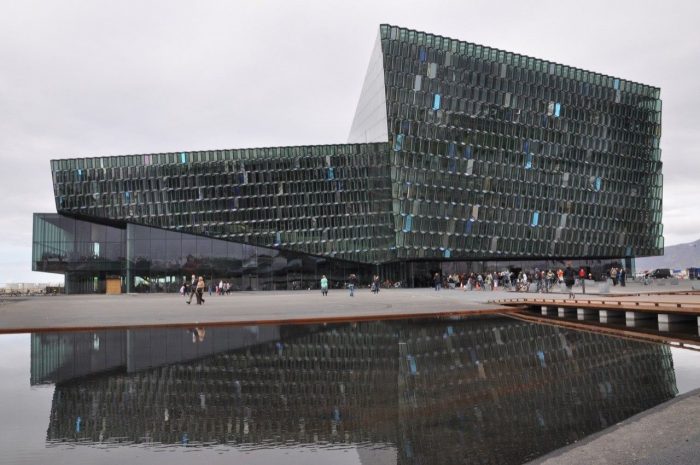
Harpa Concert Hall and Conference Centre in Reykjavik, Iceland, is designed by Henning Larsen Architects and Batteriid Archtects. Tha facade was developed by Henning Larsen Architects in collaboration with the artist Olafur Eliasson.
Henning Larsen Architects describe the project in the following words:
Situated on the border between land and sea, the Concert Hall stands out as a large, radiant sculpture reflecting both sky and harbour space as well as the vibrant life of the city. The spectacular facades have been designed in close collaboration between Henning Larsen Architects, the Danish-Icelandic artist Olafur Eliasson and the engineering companies Rambøll and ArtEngineering GmbH from Germany.
The Concert Hall of 28,000 m2 is situated in a solitary spot with a clear view of the enormous sea and the mountains surrounding Reykjavik. The building features an arrival and foyer area in the front of the building, four halls in the middle and a backstage area with offices, administration, rehearsal hall and changing room in the back of the building. The three large halls are placed next to each other with public access on the south side and backstage access from the north. The fourth floor is a multifunctional hall with room for more intimate shows and banquets.
Seen from the foyer, the halls form a mountain-like massif that similar to basalt rock on the coast forms a stark contrast to the expressive and open facade. At the core of the rock, the largest hall of the building, the main concert hall, reveals its interior as a red-hot centre of force.
The iconic facades perform another purpose alongside of show and display, they interact. The prismatic south facade punches into both interior and exterior. The other semi-random cell facades extend their mullions significantly into the interior spaces which they bound, creating the circumstances for impromptu leaning/ climbing (see pictures). They are a playful element, proving that genius can be both exciting as well as pragmatic.
- Courtesy of Henning Larsen Architects
- Courtesy of Henning Larsen Architects
- Courtesy of Henning Larsen Architects
- Courtesy of Henning Larsen Architects
- Courtesy of Henning Larsen Architects
- Courtesy of Henning Larsen Architects
- Courtesy of Henning Larsen Architects
- Courtesy of Henning Larsen Architects
- Courtesy of Henning Larsen Architects
- Courtesy of Henning Larsen Architects
- Courtesy of Henning Larsen Architects
- Courtesy of Henning Larsen Architects
- Courtesy of Henning Larsen Architects
- Courtesy of Henning Larsen Architects
- Courtesy of Henning Larsen Architects
- section
- section
- section
- plan
- section
- plan
- plan
- plan
Courtesy of Henning Larsen Architects


